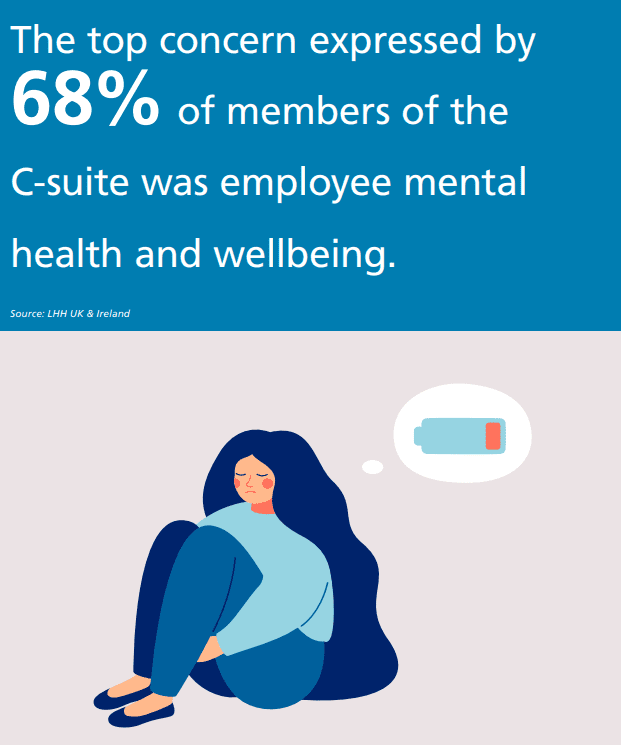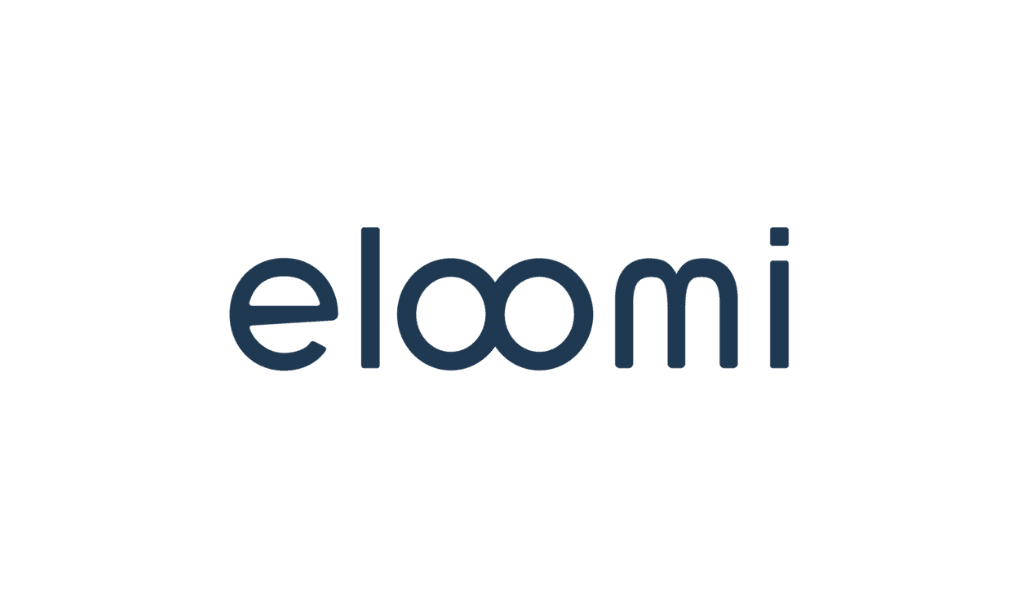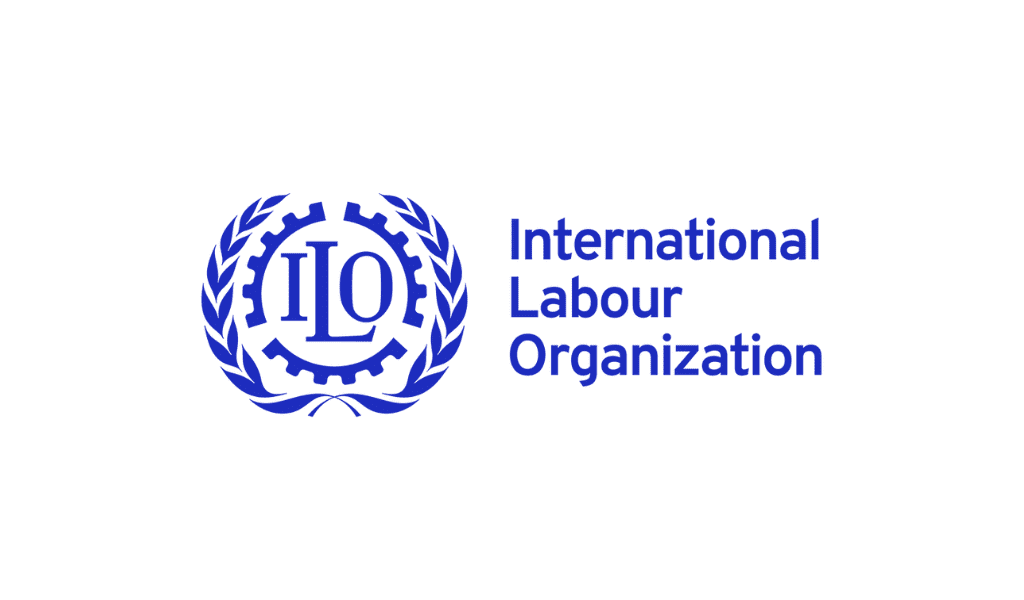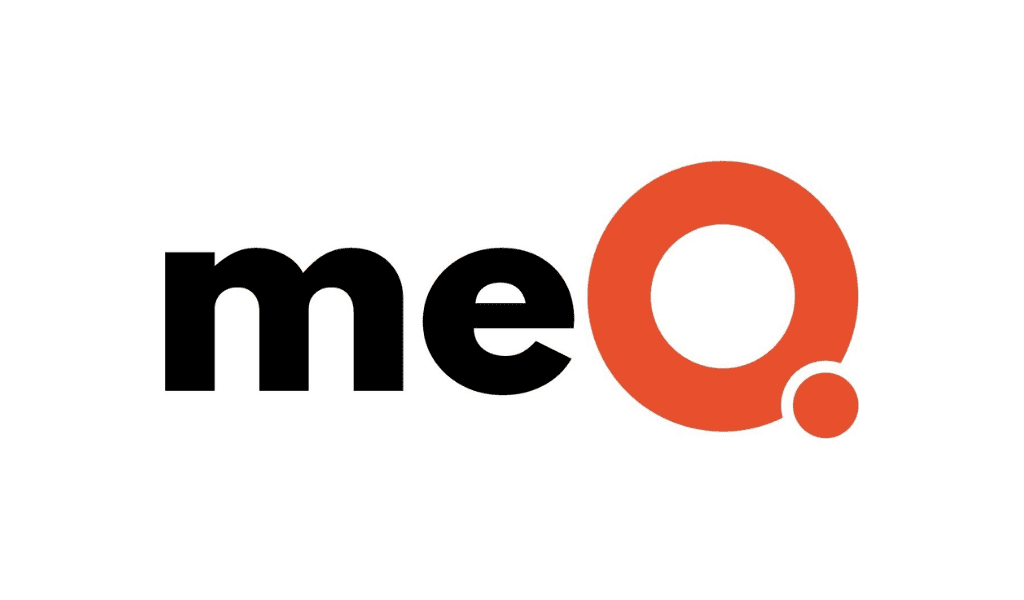An employee-led wellbeing programme that addresses mental, physical, social,
and financial issues can provide the support the workforce needs to thrive.
By Simon Kent
Looking after employee wellbeing has become a leading priority for organisations since the start of the pandemic. It has also become a complex one. Whilst dealing with the direct and indirect impact of the pandemic on employees, it has become clear that an effective wellbeing package needs to take a holistic approach in order to meet and support their needs. The strategy needs to address the mental, physical, social, and financial sides of the workforce.
When building a wellbeing programme, Debra Clark, head of specialist consulting at Towergate Health & Protection, warns against making assumptions about what employees want. “Wherever possible, engage and listen to staff when you are designing a wellbeing package,” she says.
A factor driving varying needs is the widening generations present in today’s workforce, but a partial a la carte approach will help. “The culture, identity and messaging of what the business is trying to achieve should be consistent and some elements may be standard but with some choice possible,” she says.
With more of an emphasis being placed on wellbeing over the past few years, Anne McKenning, HR director at Secure Trust Bank Group, says their strategy started with the gathering of feedback.
“Using colleague feedback, we developed a comprehensive wellbeing strategy and framework, incorporating four key areas that make up wellbeing: physical, mental, social, and financial,” she says. “We make sure we have at least one main focus event for each pillar throughout the year by supporting national awareness events like Mental Health Awareness Week, National Walking Week, as well as creating our own seasonal events.”
The company partners with relevant third parties to offer webinars, resources, and activities to colleagues, as well as creating their own company specific materials. McKenning says the organisation also engages with line management to give them the additional training and resources they need -particularly around mental health awareness -so they can support their teams.
The financial institution also established “Wellbeing Café,” a weekly virtual meeting that anyone can join, whether they’re working from home or the office. These sessions allow employees to check in and have a chat. Employees’ engagement with the wellbeing programme is continuously monitored through the “Employee Council” and an annual employee engagement survey.
The approach allows the bank to acknowledge that each colleague is an individual and is subject to different personal circumstances. “It’s about recognising that not all of the information will be relevant to everyone all of the time, but it was important to develop a suite of appropriate, professional guidance and support that our colleagues can access when they need it,” she says. “It doesn’t have to be costly either. There are some amazing organisations that have some excellent free resources and advice, which can make a real difference to people.”
Indeed, the use of external providers is key to all areas of wellbeing being delivered consistently, a particular challenge for multinational organisations. Clark advises that leveraging intermediaries can help establish needs and find the best solutions by connecting them with appropriate providers wherever they may be stationed in the world. “Having a means to link everything together and ensure good communication of the provision is essential and an intermediary might be able to do this for you,” she says.
Andrew Heath, CEO at employment engagement platform WeThrive, says that as the new normal emerges, short-term wellbeing initiatives are unlikely to have much impact for employees. “Pilates, wellness weeks, and free smoothies are not going to cut it in a hybrid working world,” he says.
Instead, Heath advises leveraging employee assistance programmes and building foundations that allow HR leaders to be more tactical through regularly checking for high levels of employee stress and anxiety.
This allows problems to be addressed on a team, grade or even individual basis before becoming too great. “Any organisation that wants to be a leader needs to ensure its culture is not making people sick in the first place,” he says. “Getting upstream on the issues and resolving them before the stress and worry has made people sick is the only sustainable and ultimately successful wellbeing strategy.”
Certainly being ready and able to listen to the workforce effectively is a good first step to addressing wellbeing issues and being able to respond appropriately. According to Chris Leung, HR advisor at LHH UK & Ireland, their own recent research found that the top concern expressed by members of the C-suite was their mental health and wellbeing (69%), with 68% also concerned for the mental health and wellbeing of their employees. However there is a gap in communication, with only 25% of respondents reporting they shared these concerns with their HR leader. “By understanding and proactively addressing these challenges, HR will be viewed more strategically by the board and will be better positioned to understand the impact these challenges will have on mental health and wellbeing,” he says.
Leung also cites late 202- research by Gartner that that an employee’s capacity to “absorb” change without becoming fatigued had fallen by 50% compared with 2019. “Change fatigue manifests itself in many different forms, ranging from burnout and mental exhaustion through to indifference and active resistance to change,” he says.
So even as the pandemic eases, and perhaps because the pandemic is easing, organisations need to ensure they are ready to meet further challenges of supporting employee wellbeing. All the more reason for organisations to find and implement the right structure through which to provide the support that employees need to thrive.















